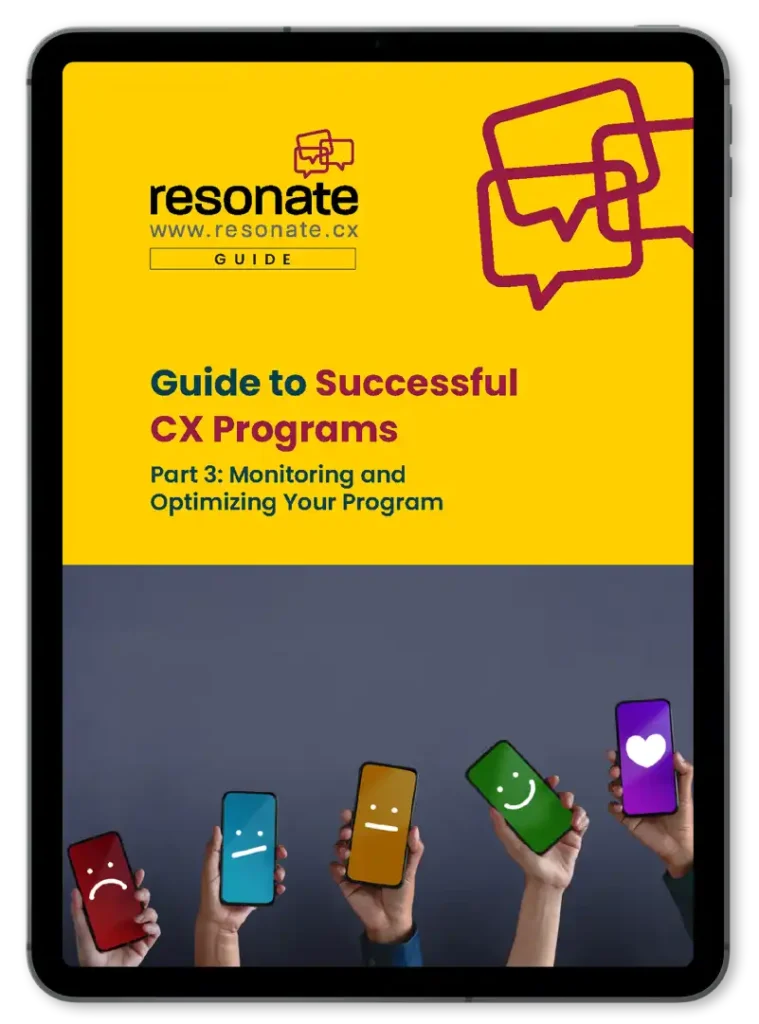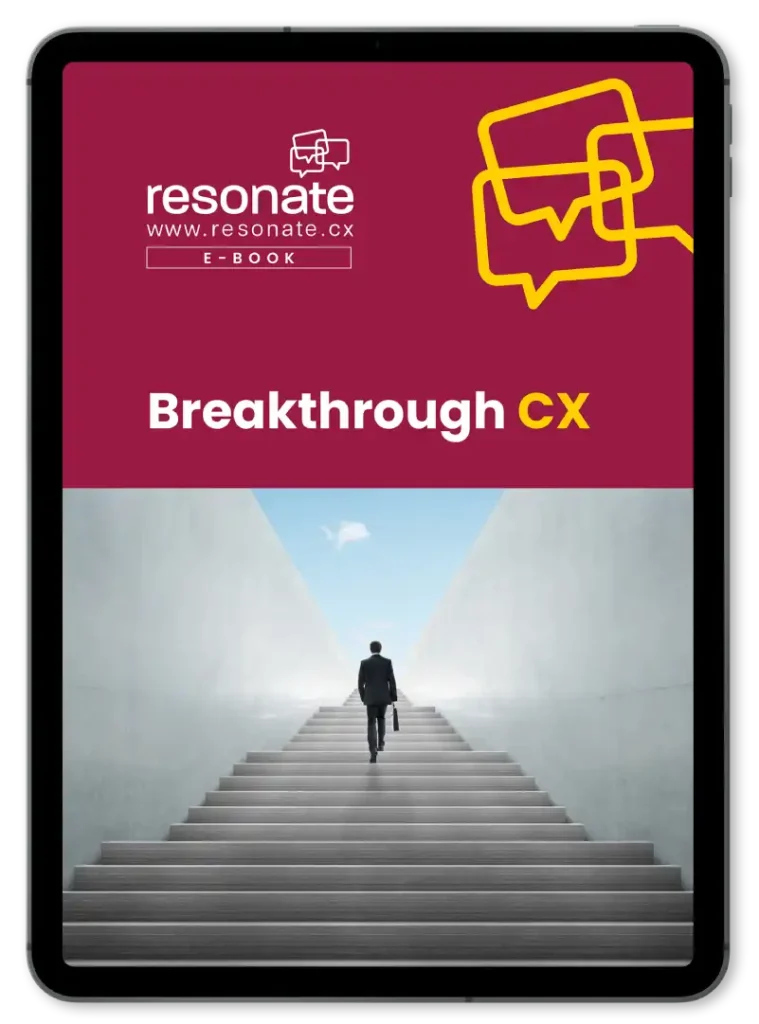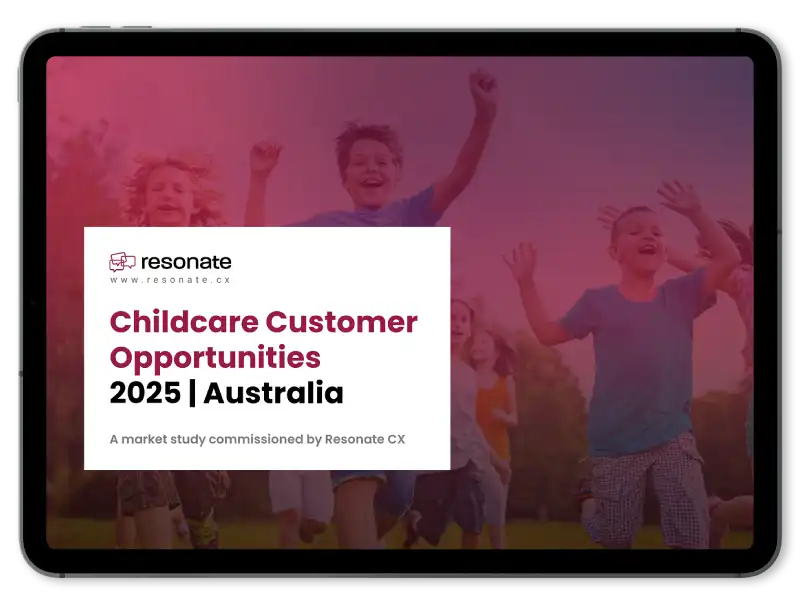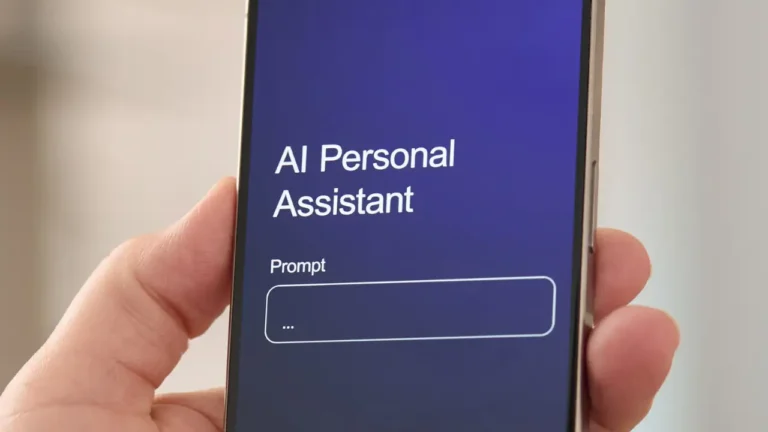TLDR:
- If your feedback is scattered across many tools and channels, you’re drowning in data fragmentation and missing the bigger picture.
- Stagnant or falling NPS/CSAT scores show your current CX efforts aren’t shifting behaviours, and customers may feel unheard.
- When churn is rising faster than you can diagnose root causes, you’re reactive, not proactive, and you risk losing key customers.
- If you can’t map the full customer journey (only see the parts), you lack the single view needed to deliver seamless experiences.
- When competitors seem “easier to buy from” and you know you’re leaving revenue on the table, it’s time to treat CX as a strategic product, not an afterthought.
Most advice about “doing CX better” dies on a Tuesday.
You know the Tuesday: Slack pings, six tabs of feedback forms, support escalations piling up, and a meeting where everyone swears they’re “customer-centric”… while no one can agree on what customers actually said.
If that’s familiar, good news: the chaos has a shape. And once you can see the shape, you can fix it.
Below are crystal-clear signs you’ve outgrown spreadsheets, six survey tools, and the “forward that email to Support” workflow—and it’s time for a proper CX management platform. For each sign, you’ll get what to look for, why it matters, and a practical next move.
CX Guides | free to download
No fluff. Just CX strategy guides for real-world use. Get tips from the experts.
10 Obvious Signs You’re Ready for a CXM Platform
1) Your feedback is everywhere… and nowhere
Surveys live in one tool. App reviews in another. Social comments in a third. Your inbox? A fourth. Individually, the signals are fine. Together, they’re fog.
Why it matters: When feedback fragments, you optimise for the loudest voice, not the biggest pattern. And it only gets worse as you grow – 34% of business leaders say legacy systems and outdated processes/tools are now the biggest drag on CX operations.
Do this next: Pick one high-volume channel (e.g., support tickets) and tag every item to a shared taxonomy (theme, product area, friction type). Even before you roll out a platform, a single language for issues will 10x your signal-to-noise.
2) Your NPS/CSAT is stuck (or sliding)
Scores aren’t moving. Execs ask for “quick wins.” Meanwhile, customers keep repeating the same complaints.
Why it matters: There’s a perception gap. 84% of managers believe customers feel heard; only 45% of consumers agree.
Do this next: Link each verbatim to a single owner and an “action by” date. Then showcase one closed-loop story per week in your all-hands. Momentum beats dashboards.
3) Churn is happening faster than your root-cause analysis
Renewals wobble. Trials ghost. High-value customers leave… and your post-mortems read like weather reports.
Why it matters: Customers don’t give infinite chances. 86% will leave after just two to three bad interactions, according to Emplifi. And in some categories, over half of customers say one bad interaction is enough to walk away.
Do this next: Implement a “friction SOS” path: when the same issue hits 5+ customers in 7 days, a cross-functional squad forms within 24 hours to patch, communicate, and follow up. No committee. Just owners, a timer, and a fix.
4) You can’t see the journey; you can only see the parts
Marketing sees clicks. Product sees feature usage. Support sees tickets. Finance sees invoices. Who sees the customer?
Why it matters: Omnichannel sounds great in the slide deck; in reality, most organisations still run fragmented channels and handoffs. Probe CX’s “ultimate list” sums up the effect: expectations are rising, impatience is up, and switching costs feel low for customers. For balance, research collected by SharpenCX shows nine in ten consumers want a seamless omnichannel experience.
Do this next: Sketch a single “happy path” journey on one page—from discovery to renewal. Mark where data is currently captured and where it disappears. That map becomes your initial platform requirements.
5) Customers have to repeat themselves (because your teams do)
Sales promises one thing. Support doesn’t see it. Success learns about it three emails later. The customer explains their story… again.
Why it matters: Customers expect you to understand them, not treat them like a ticket number. Salesforce reports 73% of customers expect companies to understand their unique needs—yet more than half say brands still treat them like a number.
Do this next: Decide the “source of truth” for customer context (notes, contracts, outcomes) and enforce it. Then pipe those fields into every team’s daily tool. Visibility is the cheapest form of empathy.
6) Personalisation requires heroics
You want to send the right message to the right person at the right time. But doing it requires six CSVs, two favours, and a weekend.
Why it matters: Personalisation can’t be a special project; it has to be the default. 66% of consumers say they’ll stop buying from a brand if the experience isn’t personalised according to Adobe. And again, 73% expect companies to grasp their unique needs according to Salesforce.
Do this next: Pick one personalisation primitive (e.g., lifecycle stage or clear intent signal) and wire it into campaigns and in-product prompts. Start tiny. Make it automatic. Then iterate.
7) You’re leaving money on the table (and you can feel it)
Your reps and your product both miss obvious “next best action” moments—because the insights arrive two weeks late in a slide deck.
Why it matters: The experience is the growth engine. Companies that lead in CX grow revenue up to 80% faster according to SuperOffice. Customers who rate their experience 10/10 spend ~140% more and stick around up to 6× longer.
Do this next: Define three “moments that matter” per journey (e.g., first value, first renewal, first expansion) and instrument real-time alerts for them. If your platform can trigger actions (offers, guidance, calls), even better.
8) Support is slow because the system is slower
Long waits. Back-and-forth emails. Agents toggling between seven tabs to confirm a serial number.
Why it matters: Customers define “good” by speed and ease. 90% say immediate responses are critical as per HubSpot. And 43% of consumers say the most important aspect of great service is real-time support that resolves the issue effortlessly.
Do this next: Standardise three macros for the top issues and pre-fill them with context pulled from your CRM, billing, and product data. Then measure “time to first meaningful reply,” not just time to first reply.
9) Bad reviews are denting the brand faster than you can reply
You log in to a review site and discover a mini-forest of one-stars from last week. By the time you respond, the thread has already shaped the narrative.
Why it matters: A single bad interaction can nuke hard-won trust—and poor experiences bleed real revenue. One recent analysis pegs the cost at $62 billion lost annually due to poor customer service.
Do this next: Set up smart alerts for high-impact venues (App Store, G2, Trustpilot, Reddit). Route by theme and severity, not channel. Publish what you fixed. Close the loop in public when appropriate.
10) Your competitors feel strangely… easy to buy from
Their demos feel smoother. Their onboarding emails feel timely. Their updates feel relevant. Meanwhile, your team does great work—eventually.
Why it matters: The market is voting with wallets. Investment in platforms that make CX measurable and repeatable is surging. The customer experience management market is projected to grow from $22.35B in 2025 to $68.24B by 2032 according to recent study by Fortune Business Insights. If you’re trying to match a platform with pieced-together tools, you’re running uphill.
Do this next: treat CX like a product. Write a one-page “CX PRD” with the problems to solve, the journeys to instrument, and the outcomes to hit. Then evaluate platforms against that spec, not a feature checklist.
How Resonate CX Can Help
If you’re seeing the signs — scattered feedback, slow insights, rising complaints, inconsistent journeys — Resonate CX gives you the structure, speed and clarity you’ve been missing.
1. Bring all feedback into one place
Stop chasing surveys, emails and reviews across different tools. Resonate CX unifies every touchpoint into a single, real-time view so teams finally see the whole picture.
2. Turn noise into fast, actionable insights
AI-powered text analytics, sentiment detection and root-cause insights help you move from data overload to “here’s what to fix today”. No more manual spreadsheets or guesswork.
3. Close the loop automatically
Role-based dashboards, automated alerts and workflow routing ensure owners act quickly, customers get responses, and nothing falls through the cracks.
4. Understand and improve entire journeys
From onboarding to support to loyalty, Resonate CX connects feedback to actual customer events — helping you fix friction before it becomes churn.
5. Strengthen your online reputation
Convert promoters into positive reviews and manage responses across platforms, reducing the impact of negative public feedback.
6. Show real ROI, fast
With clear dashboards, journey metrics and weekly insight cycles, you’ll demonstrate improvements in NPS, activation, retention and service quality — without waiting months.
7. Built for any industry, any team
Whether you’re in retail, real estate, childcare, B2B, or government services, Resonate CX configures quickly so you get value sooner.
Bottom line
If even a handful of these signs hit home, your current approach won’t scale. A CX management platform isn’t “nice to have”; it’s how you turn noisy feedback into clear decisions—and clear decisions into revenue.
The companies winning right now have a simple edge: they learn faster than the market changes. Consolidate the signal. Shorten the loop. Ship the fixes. The rest takes care of itself.













